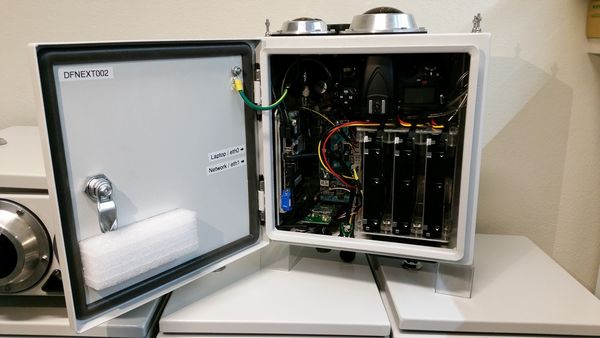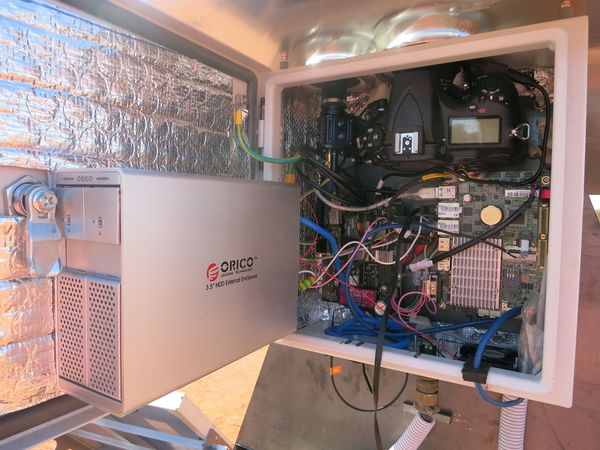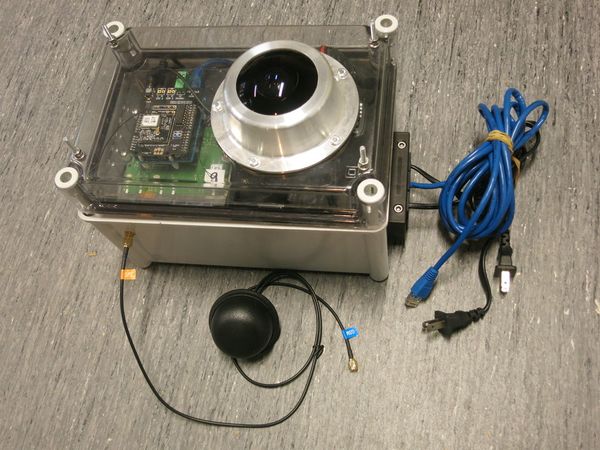Difference between revisions of "Which camera"
(re-created lost page from old wiki) |
Martin Cupak (talk | contribs) m |
||
| (One intermediate revision by one other user not shown) | |||
| Line 1: | Line 1: | ||
| − | You observatory will be one of three possible types (design iterations) | + | You observatory will be one of three possible types (design iterations). Most of the GFO systems are DFNEXTs. We use DFNEXTs pretty much only within the Curtin - operated DFN in Western and South Australia. |
=== '''DFNEXT''' === | === '''DFNEXT''' === | ||
Latest revision as of 00:03, 12 December 2020
You observatory will be one of three possible types (design iterations). Most of the GFO systems are DFNEXTs. We use DFNEXTs pretty much only within the Curtin - operated DFN in Western and South Australia.
DFNEXT
The latest model, a replacement for DFNSMALL. It does everything the DFNSMALL can do, but has 3 hard drives instead of 2, a more capable PC and is easier to build, repair and maintain. EXT systems required 12 V power and must be connected to the internet (via Ethernet, WiFi or mobile broadband).
DFNEXT and DFKSMALL observatories have the same box size and mount bolts on the back, which means they are fully interchangeable on the existing stand/mount.
DFNSMALL
This is the most common fireball observatory in the Australian DFN. The design has both video and still lenses and is easily recognised by the dual drive enclosure on the door. SMALL systems require 12V power.


